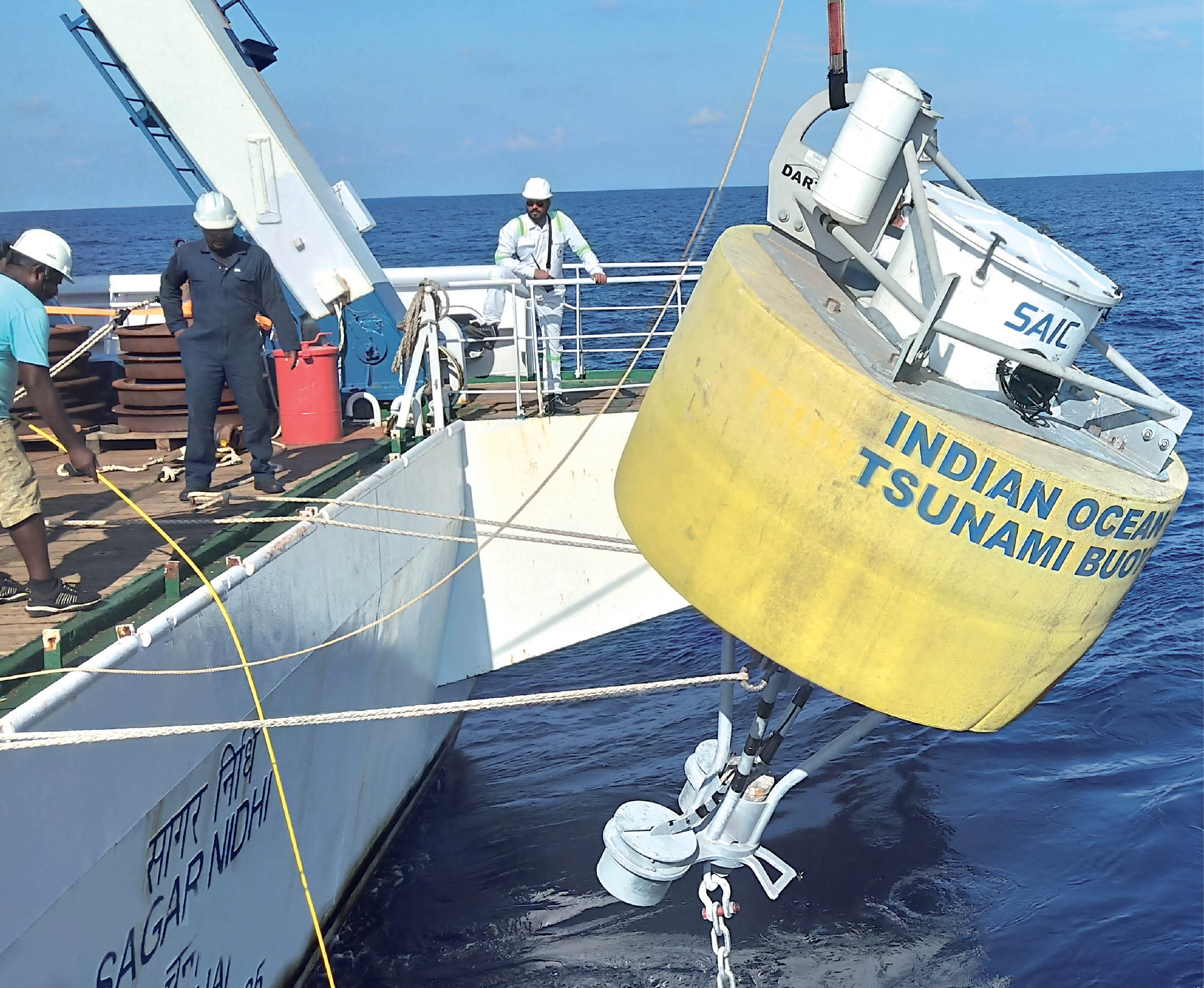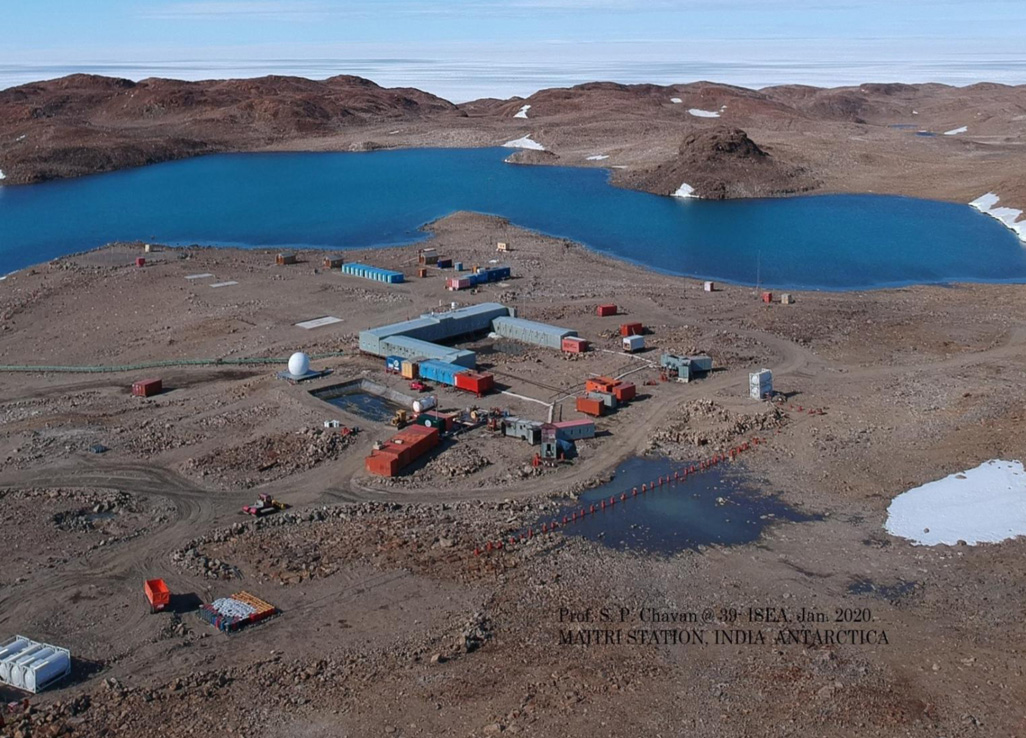Indian Tsunami Early Warning System: Future Developments



India is set to embark on a new chapter in its Polar exploration journey with the construction of Maitri II. The Indian government plans to establish a new research station near the existing Maitri ba...
.png )
The Deep Ocean Mission (DOM), approved by the Government of India in 2021 under the Ministry of Earth Sciences (MoES), represents a strategic step in realizing Sustainable Development Goal 14 (SDG 14:...

China recently announced restrictions on the export of seven rare earth elements (REEs), soon after US President Donald Trump decided to impose tariffs. As the world's dominant supplier—responsible fo...
The Indian Ocean tsunami, triggered by the Sumatra-Andaman earthquake on December 26, 2004, caused approximately 2,30,000 casualties and widespread damage to infrastructure in several Indian Ocean rim...
Observational data on sea level rise, available since 1870, shows a constant rise. The multiple causes responsible for it have been traced to rising global temperatures, melting of land-based ice in a...
The Indian Ocean tsunami, triggered by the Sumatra-Andaman earthquake on December 26, 2004, caused approximately 2,30,000 casualties and widespread damage to infrastructure in several Indian Ocean rim countries. In fact, the 2004 tsunami was one of the strongest and deadliest ever recorded in terms of magnitude, which put into perspective the need to set up an early warning system for tsunamis in...
